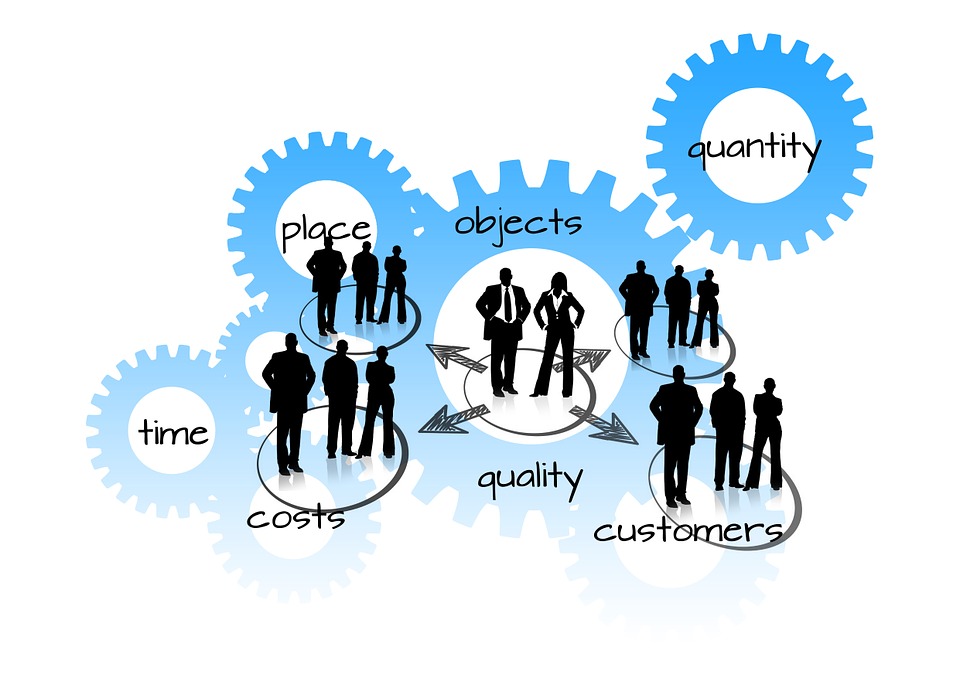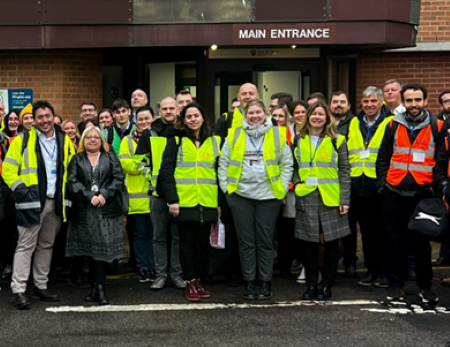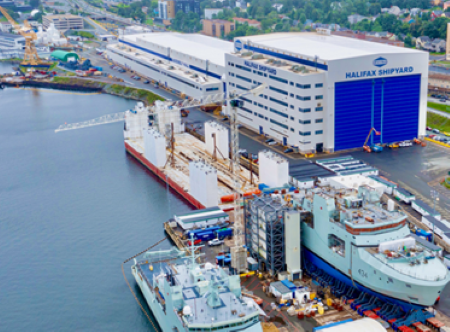In today’s omni-channel world retailers are creating new, innovative and quick ways to get orders to their customers – and same day delivery has become another strategy that takes modern day logistics to a whole new level. How can retailers keep on top of the multiple channels that make up their logistics infrastructure in real time, confidently meet delivery promises and ensure these innovative services are delivering incremental value?
As Alex MacPherson, Solution Consultant Manager, Manhattan Associates explains, while logistics may enable innovation, the onus is now on retailers to gain a true understanding of cost to serve to determine the viability of these delivery options in the longer term.
Extending Customer Choice
Offering same day delivery has rapidly become the norm, as retailers have bowed to peer pressure and rushed to offer a range of customer options. But while the marketing department may perceive such services as key to achieving a good customer experience, few retailers have any insight into the actual cost to serve that this model demands. Given the manual effort required within the supply chain to effectively run a same day or a two-hour delivery service, from in store picking to managing the delivery providers, how many have any real understanding of costs or whether service innovation is delivering value by improving customer engagement?
While retailers have excellent insight into the cost associated with transporting items from manufacturer to the warehouse, few have yet to gain any real understanding of the total cost to serve, especially across a diverse customer delivery offer. Many are offering free click & collect in-store. If such orders are being fulfilled via a regular delivery to the store from the distribution centre, the economics of free click-and-collect clearly stack up, particularly in the context of a store visit, presenting an opportunity to gain incremental sales. The same economics do not, however, apply to free delivery of online orders delivered direct to a consumer’s home, free same day delivery and free returns. In these instances, many retailers just don’t have the accurate insight into the end to end supply chain that they need to validate whether it makes economic sense to offer such services free of charge.
True Cost to Serve
Underpinning any service delivery pledge has to be full visibility of the costs associated with the movement of inventory across the entire network – from suppliers to distribution centre to store to customer and, of course, back again should goods be returned. For a customer that wants to order a suit to be delivered to a London address within the next three hours, the retailer not only needs to be able to inform the customer if the suit is available in the right style, size and colour, it also needs to have a handle on the costs of fulfilling that order – through the various stages of preparation, including picking, packing, wrapping at the location the item happens to be available at, and handing off to a fulfilment partner for expedited delivery. Without understanding the time required by store associates, for example to pick, wrap and pack the item – including the potential impact on in-store customers, how can a retailer truly ascertain the value of that customer offer?
With better insight into the order fulfilment process and all associated costs, and with end to end supply chain visibility linked to customer transactions, retailers will be able to not only deliver such a service with confidence but also understand the total cost to serve to individual customers. In addition, retailers will gain essential understanding of trends in customer demand: if high value customers are pushing for same day delivery it may be worth testing different cost models; while if the demand is coming from the less affluent younger generation, there will be an expectation of a free or lower cost model.
Conclusion
Retailers have exploited supply chain technology in order to offer unprecedented innovation in customer delivery options. However, given current financial pressures it is now time to gain a real understanding of the full cost to serve. It is only by combining end to end supply chain information with customer history with an advanced supply chain systems capability, that retailers will be able to understand the cost to value equation for each delivery option within each customer demographic. Once this information is to hand retailers can confidently and profitably deliver the next generation of customer service experience.








